
Achilles tendon injury
The Achilles Tendon is located at the back of the foot/ankle and when it becomes inflamed from overuse or damaged it causes an injury called tendonitis. This is very painful and the only way to treat such an injury is to rest and ice the affected area to promote healing and decrease any swelling. You can also take anti inflammatory tablets for the pain. On a more chronic note it is possible to rupture the Achilles tendon and this happens from a sudden or sharp impact typically from not warming up enough. If this happens surgery is the only option to repair the damaged tissue.
- Important notification about information and brand names used in this slideshow!
- Photo courtesy of Grook Da Oger by Wikimedia Commons : en.wikipedia.org/wiki/File:Rupture_tendon_achil%C3%A9en.jpg
- www.foxnews.com/story/2009/06/19/top-10-sports-injuries/
- http://www.mensfitness.com/training/pro-tips/sports-injuries-the-8-most-common-injuries
- http://www.nlm.nih.gov/medlineplus/sportsinjuries.html
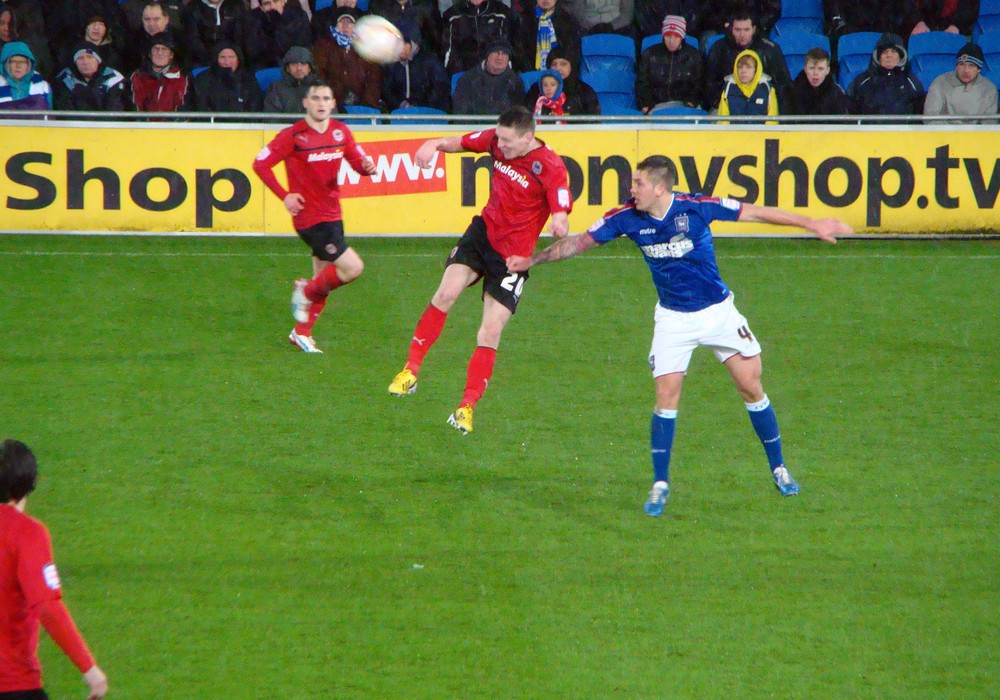
Concussion
Athletes that take part in sports such as American Football, Rugby, Boxing and other contact sports are at a high risk of developing concussion. Concussion is a brain injury that is the result of a blow to the head and although usually it repairs itself it can cause symptoms such as dizziness, headaches and nausea. It is essential that any blows to the head are checked out at your local emergency room just to check there is no further damage and you will have to rest for a few days at least maybe more. Returning to sport too quickly and risking a further blow can potentially be fatal so its better to air on the side of caution with such an injury.
- Important notification about information and brand names used in this slideshow!
- Photo courtesy of Jon Candy by Flickr : www.flickr.com/photos/joncandy/8372918859/
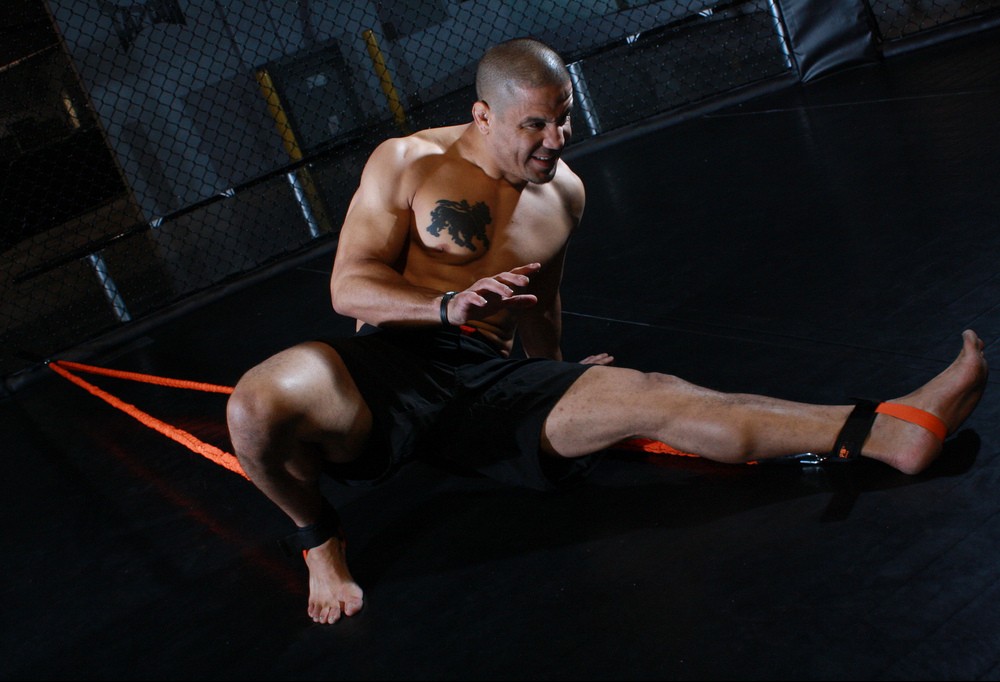
Groin Strain
Groin strain occurs in the groin muscles or adductors which are on the inside of the upper leg which pull the legs together. This kind of injury is not normally associated with over training but is more than likely to be a sudden injury from changing direction suddenly or overstretching when playing sport. You will usually experience sudden sharp pain that is very intense and you should stop exercising as soon as you feel this. Rest, ice, compression and elevation are key to recovering from this injury as well as taking anti inflammatory meds. Make sure that the area is pain free before taking part in high intensity sports again.
- Important notification about information and brand names used in this slideshow!
- Photo courtesy of stroopsmma by Flickr : www.flickr.com/photos/stroopsmma/7631427882/
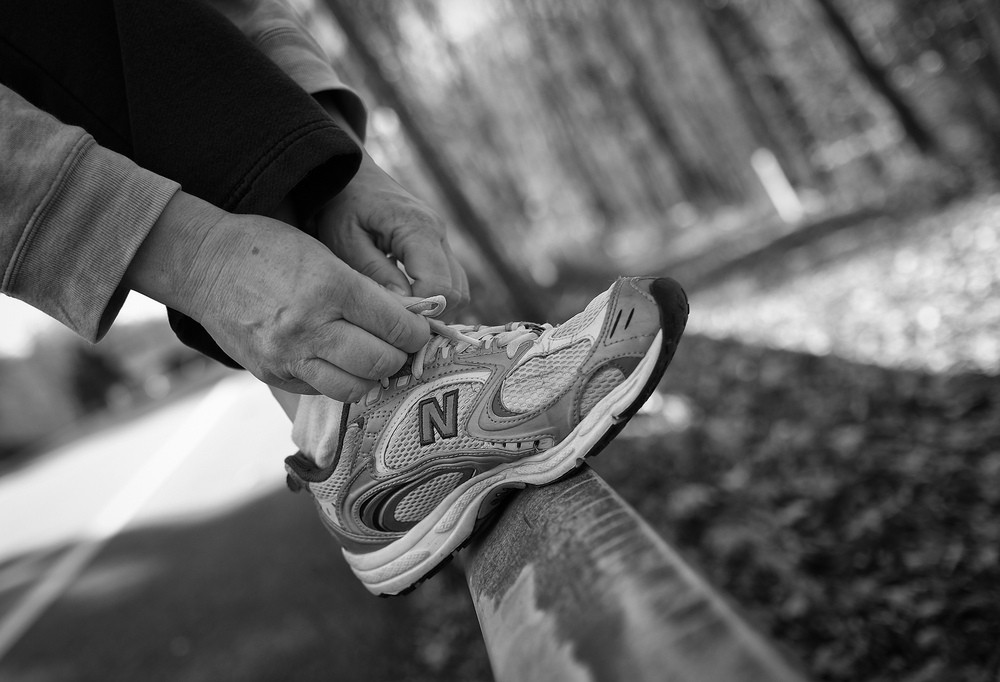
Shin Splints
Shin splints are caused by inflammation of the muscles and tendons around the shin bone (tibia). They are very painful and pain is usually felt during exercise and can last for hours afterwards. It is usually caused by overtraining, running on hard surfaces for long periods or to people who are relatively new to training. Another common cause is the incorrect footwear, for example running in trainers with no shock absorption. To treat shin splints the only effective method is to rest, ice the area and take anti inflammatory and pain medication. It can be hard to completely eradicate shin splints so wearing the correct footwear is essential to prevent it.

Pulled muscle
A pulled muscle can happen in any of the muscles around the body and can happen as a result of overtraining or applying too much pressure through the muscle. Examples such as lifting too much weight, rapid twisting or sudden over stretching are common causes. Muscle pulls can vary in severity as it depends on how many of the muscle fibres are torn, it can be only a few or a complete rupture. Make sure to rest and ice the area and take pain medication while resting. To prevent such injuries you should warm up properly before any exercise bouts.
- Important notification about information and brand names used in this slideshow!
- Photo courtesy of Tom Bishop by Flickr : www.flickr.com/photos/tombishop4444/4258604497/
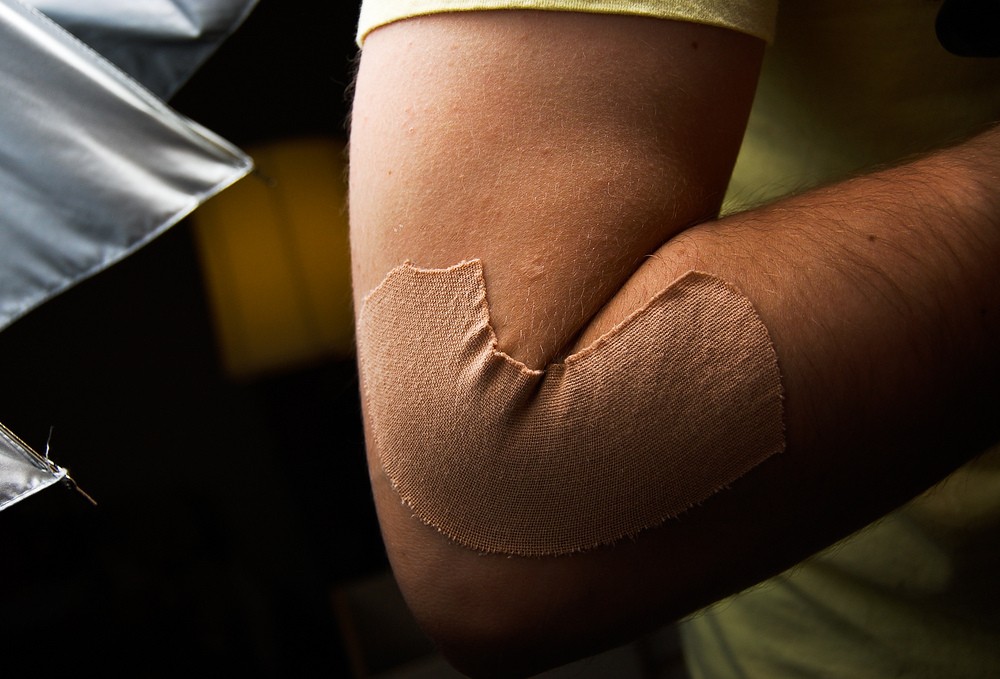
Tennis/golf elbow
A very common sports injury in rackets and golf sports is tennis elbow. It is always referred to as tennis elbow although it can occur in other sports. It is caused be repetitive movements which cause strain on the ligaments and tendons in the elbow and the damage is a result of overuse or overtraining. When the tendons become irritated they swell and cause pain and many players find it hard to play when the injury flares up. Treatment is simply rest and ice the area but often this is a reoccurring injury so a long rest from the sport may be needed. In some cases physiotherapy is needed to strengthen the arm muscles.
- Important notification about information and brand names used in this slideshow!
- Photo courtesy of Ryan Hyde by Flickr : www.flickr.com/photos/breatheindigital/4676670967/
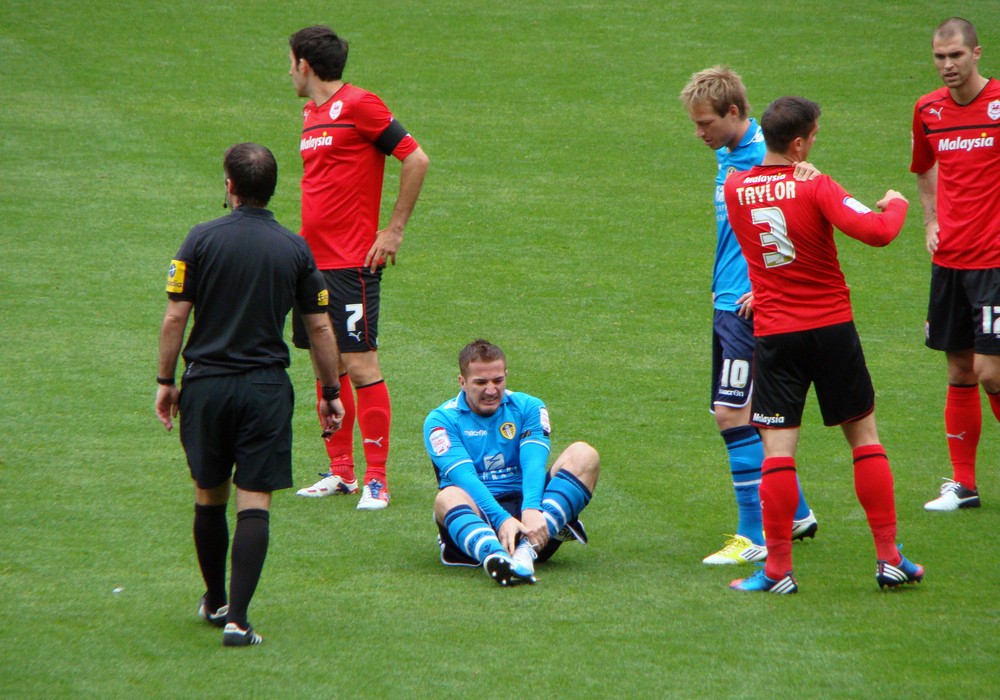
Ankle sprain
Ankle sprains are extremely common in sports and is one of the worst injuries to have and completely heal. A sprain occurs when the ankle is "twisted" or "rolled" either to the outside or inside of the ankle. When this overstretching occurs it pulls and damages the ligaments and tendon that control the ankle and is extremely painful. There is often a huge amount of swelling and bruising on the ankle and the lower leg, and it is best to get an x-ray to check there is no break. The only way to treat an ankle sprain is with rest, ice, compression and elevation , along with pain medication and allow the joint to recover before attempting exercise again.
- Important notification about information and brand names used in this slideshow!
- Photo courtesy of Jon Candy by Flickr : www.flickr.com/photos/joncandy/7988911228/
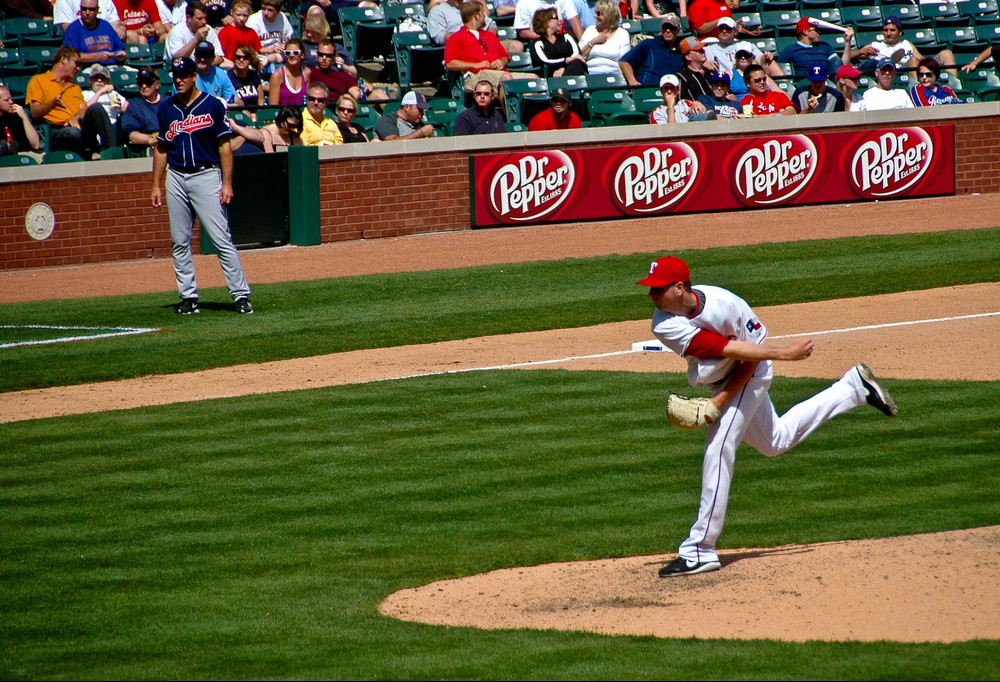
Shoulder injury
Many sports such as volleyball, basketball, baseball, swimming and weightlifting involve a great deal of overarm movement and if you train many times a week often this amount of work can loosen the rotator cuff muscles that hold the shoulder joint in position. This will then cause them to overstretch much easier and cause swelling and pain, as well as the immediate effects many athletes will find that the joint becomes very stiff and thus causing more pain. Strengthening the shoulder muscles will help decrease the risk of damaging the ligaments and tendons but if it does occur rest and ice is the main way to treat it.
- Important notification about information and brand names used in this slideshow!
- Photo courtesy of Rich Anderson by Flickr : www.flickr.com/photos/memestate/3428020016/
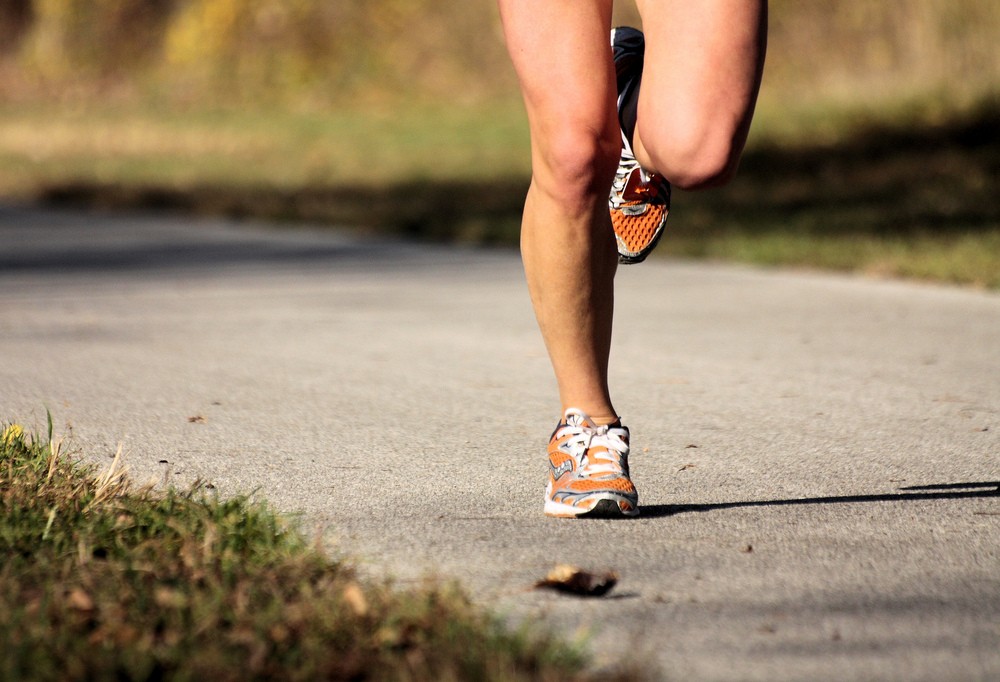
Runner's Knee
Runners Knee accounts for up to 50% of all running injuries but it is not just runners that experience this kind of injury. Ligament damage is the most common cause of ankle injuries from excessive twisting motion but runners knee relates to aggravation and inflammation of the tendons in and around the kneecap. Or a secondary factor is because of cartilage damage which is associated with arthritis. This is most commonly caused by overtraining or overuse so if you experience knee pain during exercise take a few days rest and take anti inflammatory medication. Make sure to warm up properly before starting exercise again and if pain persists seek medical attention.
- Important notification about information and brand names used in this slideshow!
- Photo courtesy of Phil Roeder by Flickr : www.flickr.com/photos/tabor-roeder/8113284229/

Hamstring Pull
The hamstring is one of the most powerful muscles in the human body and it is made up of thousands of muscle fibre strands. If you do not warm up properly or start training at too high an intensity the muscle is not pliable and just like a cold rubber band it will rupture or tear. There are different grades of hamstring pull's from just a few fibres being torn to a complete rupture of the muscle. To treat a hamstring pull you must rest, ice and elevate the leg to promote healing and recovery. Also you can take anti inflammatory drugs. If there is a complete rupture you will need surgery to repair the muscle.
- Important notification about information and brand names used in this slideshow!
- Photo courtesy of Roger Mommaerts by Flickr : www.flickr.com/photos/rmommaerts/5622823904/


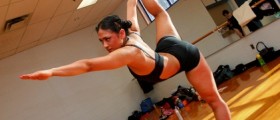



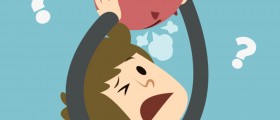
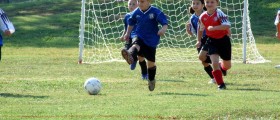
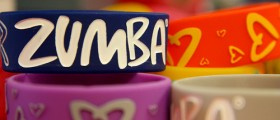



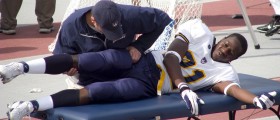
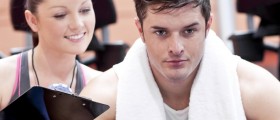

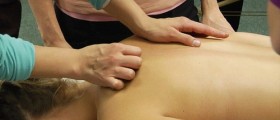
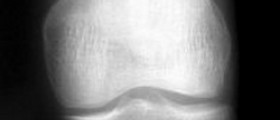


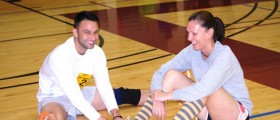

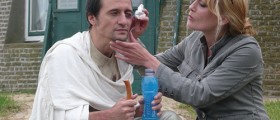

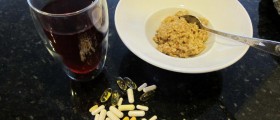

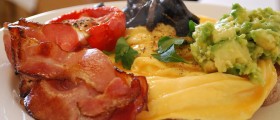
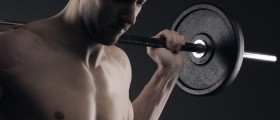
Your thoughts on this
Loading...